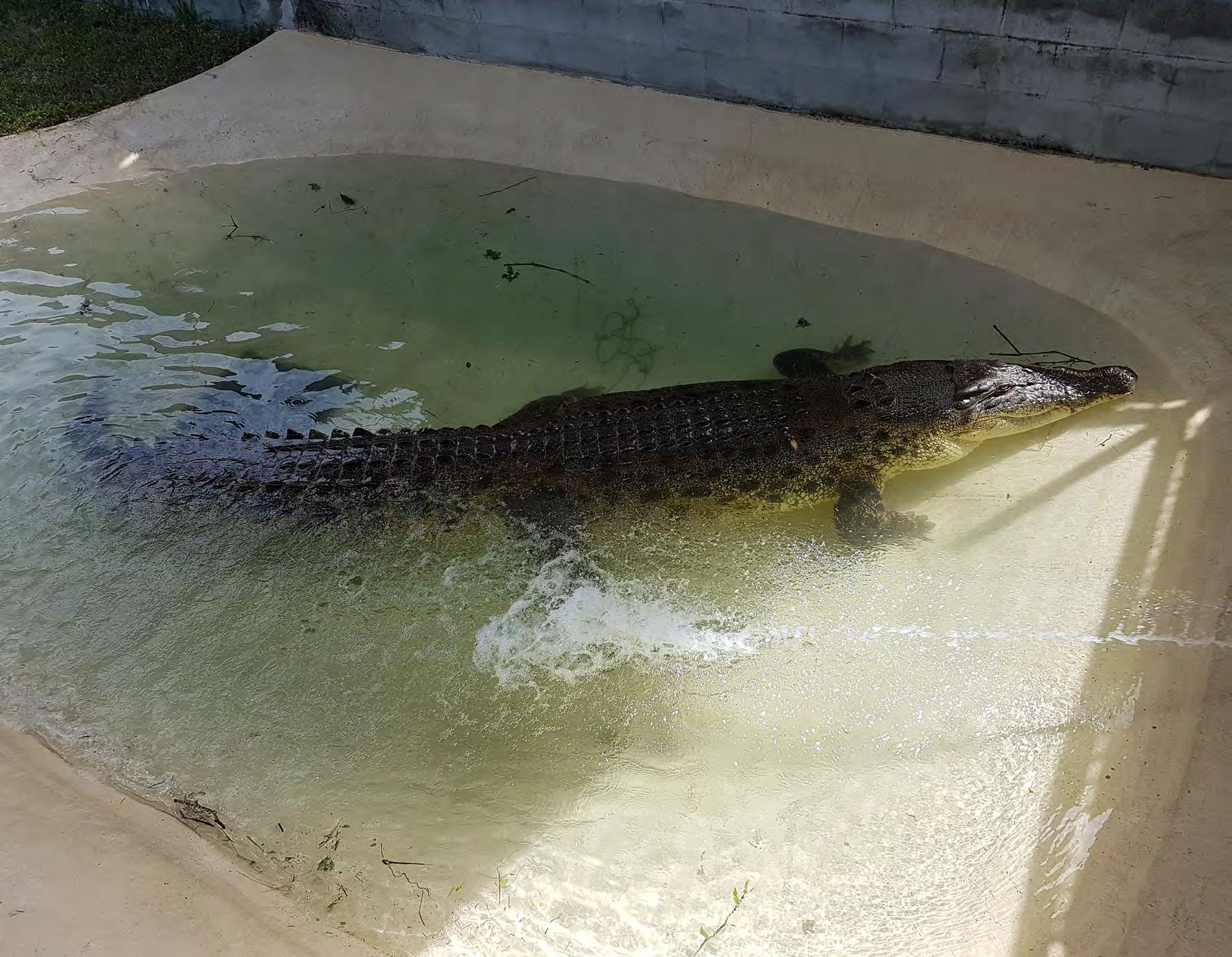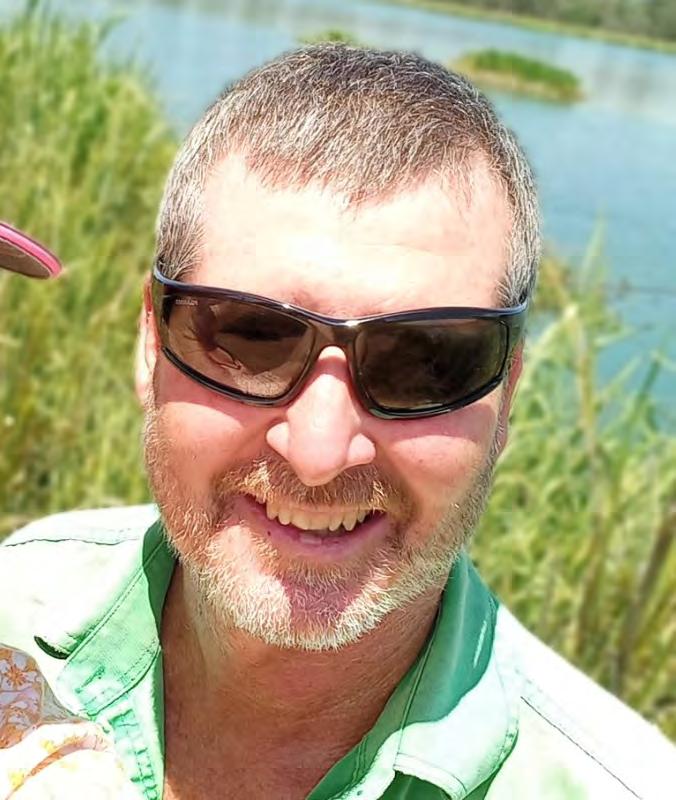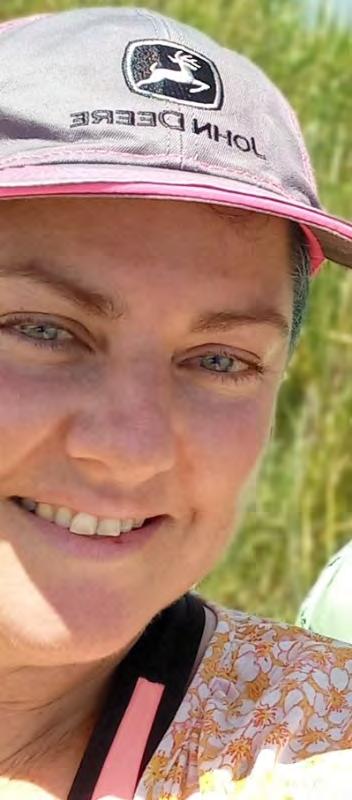
3 minute read
Workplace hazard
By Renee Cluff
After months of eluding capture, a huge estuarine crocodile has now been removed from an irrigation dam at a far north Queensland cane farm.
Advertisement
Cane growers Harry and Sandra Phillott first spotted ‘Ted’ the croc in August.
The 4.2-metre reptile had taken up residence in an irrigation dam at their farm in Bibhoora, west of Cairns.
It’s in the Tablelands cane growing district, which is not traditionally known for salties.
However, Ted also posed a major safety concern, particularly when it came to working with pumps.
“It makes it hard to clean the foot valve, it keeps you on your toes,” Harry said.
“You’ve just got to be aware of it. I now pull the whole pipeline out and do what I have to do up on the bank.”
The Phillotts immediately reported the reptile to the Queensland Department of Environment and Science, which targeted it for removal.
Over the next three months, wildlife officers tried several tactics and in mid-November, had the croc in their custody.
“They were trying to trap him and they were trying to snare him, all sorts of different techniques” Harry said." Eventually it worked for them.”
Bibhoora is classed as an atypical habitat zone under the Queensland Crocodile Management Plan, and all crocodiles within that zone are targeted for removal from the wild.
While the habitat for Ted was ideal with plenty of turtles, barramundi and birdlife to feed on, the area is not traditional saltie territory, being 60 kilometres inland and 400 metres above sea level.
Even so, recent surveys commissioned by the Mareeba Shire Council have shown there’s a population of around 40 reptiles, including up to four large crocs greater than four metres in length.
The most popular theory is that several reptiles escaped from a nearby crocodile farm during a flood event many years ago.
Another is they have moved east from the Gulf of Carpentaria, some 700 kilometres away.
It’s certainly not the first time the Phillotts have had a problem croc.
In 2017, a harvesting contractor at their property was bitten on his hand by a much smaller 1.4-metre reptile. The crocodile had been badly burned during a cane fire.
“They tried to move it and it lashed out,” Harry said. “It’s an ongoing issue. There are plenty of big fellas and every time we get a flood they move around.”
Ted is among those big fellas, estimated to be at least 40 years old.
Because he’s greater than four metres long, he must be dealt with as an ‘iconic crocodile’ under Queensland’s conservation laws.
That means he’ll be placed with a registered crocodile farm or zoo which agrees to use him to educate the public about croc conservation and ecology.
A decision on where he will be housed must also be made in consultation with Traditional Owners.








